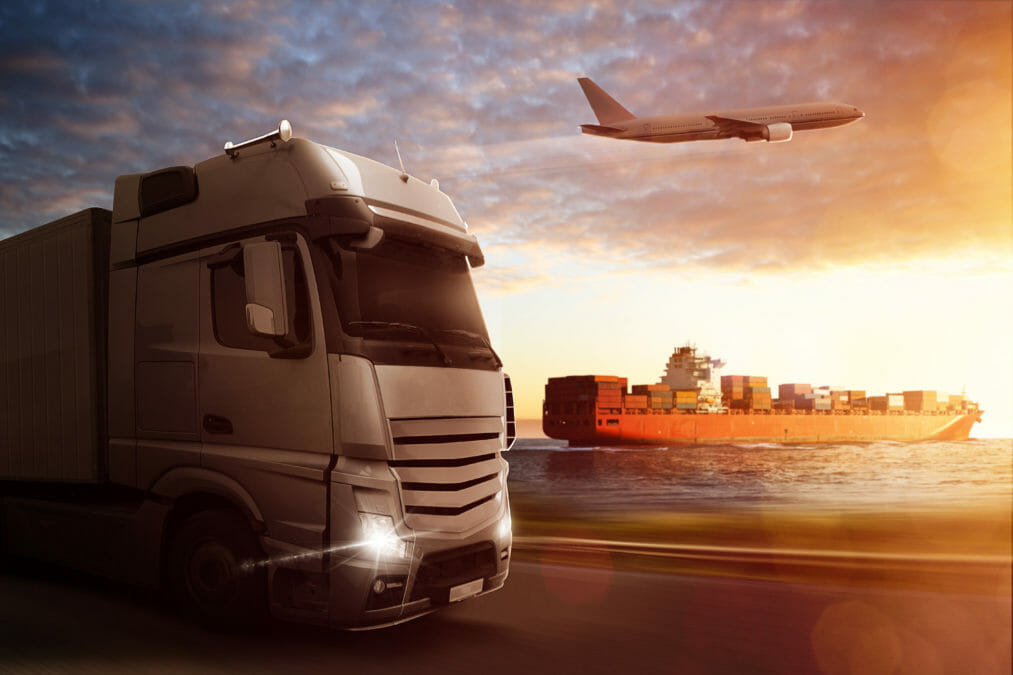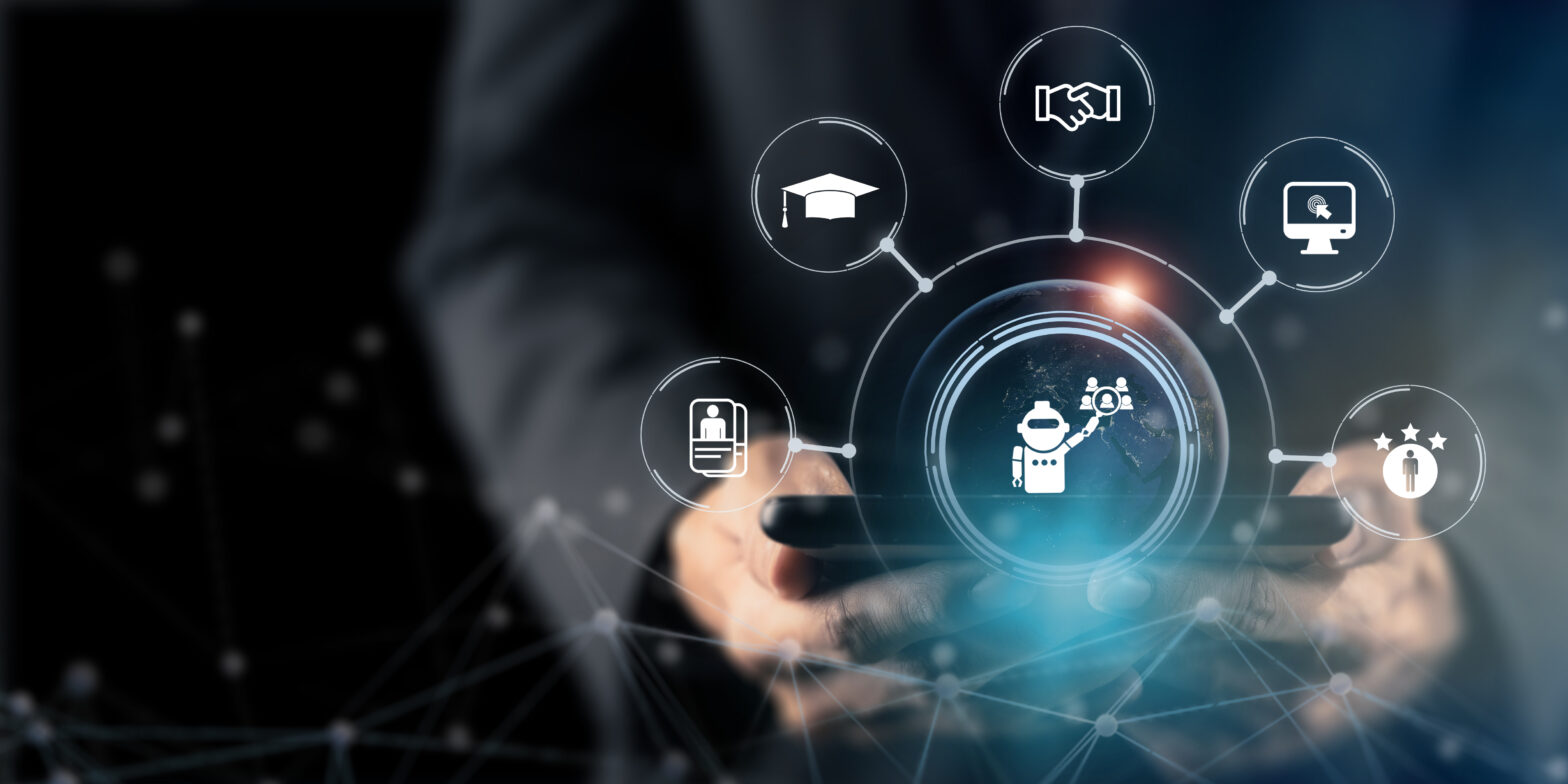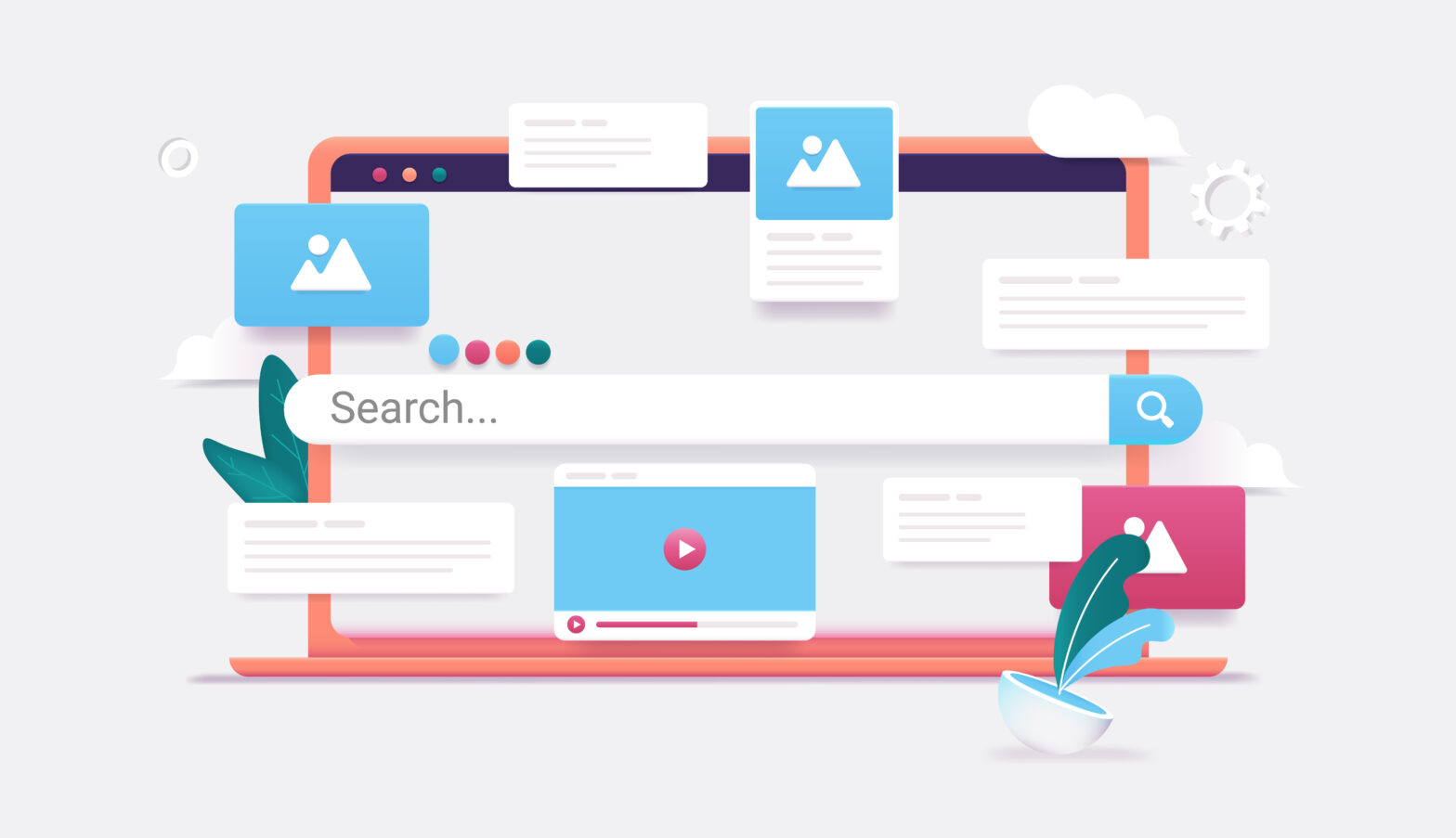The transport and logistics sector was hit hard by the COVID-19 pandemic, with much of the world going into lockdown in order to help combat the virus. However, AI and automation technologies have been disrupting the transport and logistics space over the past two years, allowing the sector to innovate and aiding the recovery process. Post-pandemic, this trend looks set to continue bolstering operations.
Philip Ashton, founder and CEO of 7bridges, said: “AI solutions in transport and logistics (T&L) have been part of this growth, and will be essential for meeting consumers’ increasingly high expectations.
“Whether businesses are T&L providers themselves, or companies dependent on efficient supply chains for smooth operations – like retailers – embracing AI innovation is vital to be competitive.”
Making transportation smart in emerging market cities
According to McKinsey, logistics companies could generate between $1.3 trillion and $2 trillion per year for the next 20 years by adopting AI. This article will delve into the many use cases that AI and automation has within the transport and logistics sector at present and going forward.
Cognitive Machine Reading
One kind of AI implementation that has been leveraged within the sector is a way to efficiently read masses of various data types, known as Cognitive Machine Reading.
Asheesh Mehra, co-founder of Antworks, explained: “The COVID-19 pandemic gave rise to a period of difficulty and uncertainty within the logistics and transport industry. Travel and operational restrictions caused up to 75% of companies to experience significant disruptions to their supply chain operations. However, for those companies that have taken action to digitalise, automation has played a critical role in supporting and maintaining business as usual for processes such as logistics planning and customer billing.
“Cognitive Machine Reading (CMR)-based automation tools are reducing the arduous and time-consuming manual tasks traditionally associated with logistics planning. CMR does this by analysing, extracting and processing both structured and unstructured data formats, to quickly generate highly accurate reports for forecasting and follow-through operations.
“CMR is also transforming how companies process their billing mechanisms, another activity that is typically manually intensive. An example is a global transport and logistics company that managed to increase the accuracy of their billing procedures by up to 80% through CMR automation and reduced processing times by 63%.”
AIoT
A second kind of technology that has been disrupting the transport and logistics sector combines AI with the Internet of Things (IoT).
The IoT domino effect: five steps to manage IoT risk
“The fast inroads made by emerging and new technologies have left transport and logistics companies with a lot of catching up to do,” said Anshuman Singh, managing partner at Mindtree. “In 2019, we saw an increase in an infusion of IoT into existing scenarios – with most of the challenges around adding IoT/sensor capabilities and enabling intelligence on the edge being resolved under AIoT.
“While the original purpose behind enabling these capabilities may have been to do with early prediction of faults or optimising usage patterns for efficiency, the large volume of data now available from these devices/sensors has opened up new avenues of exploration and optimisation.”
Singh went on to explain that progression occurred in the following three stages:
- Enabling core capabilities on the edge – these included basic sensor development, integration with available devices.
- Collecting the data generated from these sensors and storing them in a structured form on a central data store or data lake – typically on the cloud.
- Realising the synergy between AI/ML and IoT and combining them together into AIoT.
“Focus in this area has also been evolving along with the core technology itself – shifting towards applications of AIoT – away from initial device capabilities/integration,” Singh added.
“While IoT provided access to a large base of information, AI has enabled the creation of intelligent and energy efficient freight systems, enabling us to excel in energy sustainability, while in pursuit of our goal for greater supply chain orchestration.”
AI in aviation
Bhanu Choudhrie, founder and executive director at C&C Alpha Group, explained how AI has, and can continue to assist operations within aviation, an industry that was particularly impacted by the pandemic due to demand plummeting.
“AI technologies have already been widely adopted across the air transport industry,” said Choudhrie. “From facial recognition at airport passport security to baggage check-in and remote aircraft monitoring, for years these innovations have been streamlining processes, both for operators and customers. However, AI has a much greater potential beyond these current applications.
“AI can play a pivotal role in revolutionising the aviation industry and Alpha Aviation Group is already working closely with both regulators and airlines to develop its potential in supporting the efficiency of air transport and future pilot pools.
“AI and machine learning algorithms excel at recognising patterns and are extremely efficient at collating data from the process of training cadets. As most flight simulators are already equipped with sensors that generate considerable amounts of data, this resource can now be used to assess pilot competency from the onset of training.
Can we automate data quality to support artificial intelligence and machine learning?
“Powerful AI and machine learning systems can analyse hundreds of flight parameters and sort through thousands of hours of simulator data to produce findings that a human coach wouldn’t have been able to determine. For example, AI programmes can evaluate a pilot’s ability as they execute key manoeuvres and create a comprehensive assessment of a cadet’s strengths and weaknesses based on real-time data.”
The value of AI in aviation was also demonstrated by the UK Government’s approval of a project worth £3 million, known as Project Bluebird, to implement live trials of the first ever AI system for airspace control. Having lifted off in August 2021, this is being undertaken in partnership with The Alan Turing Institute and the National Air Traffic Services (NATS).
Supply chain management
A major aspect of transport and logistics operations is managing supply chains, and John Malpass, former retail consultancy practice lead EMEA at Teradata, provided insight into how this area can benefit from AI.
“AI presents one of the biggest and most promising technological advancement opportunities facing the logistics and transport industry, not just in terms of robotics to replace manual tasks, but in the way we think about and manage the entire supply chain,” said Malpass.
“Using AI to simply improve existing processes will, however, limit the potential value it can deliver. The technology really proves its worth when we use it to transform ways of working and business processes.
“Operating at the epicenter of this transformative change with AI is data. Integrating disparate data from the end to end supply chain and orchestrating it through automated analytics capabilities will enable new insights based approaches to optimise and operate the supply chain. Approaches which will allow users to think holistically about how the supply chain is managed in ways they have never been able to before.
“Using the combination of integrated data and predictive real-time automation, users can renovate and rethink outdated, manually intensive business processes. If implemented correctly, artificial intelligence will introduce new game changing capabilities which will drive a whole new way of working across the logistics and transport sectors delivering transformational and lasting change.”
Achieving critical supply chain visibility during the Covid-19 pandemic
Monitoring weather conditions
Lastly, AI is capable of monitoring weather conditions in order to help find ways round coinciding problems, according to Peter Van Merode, vice-president, 3PL industry strategy at Blue Yonder.
He explained: “AI can play a key role in identifying potential transport and logistics disruptions, using information such as weather and expiration date of products in combination with machine learning (ML) to minimise problems, or avoid them altogether.
“For example, if AI spots that rough seas might potentially lead to a port being closed, ML can then be used to help retailers navigate the problem by advising another route to take. This is crucial as a delay to a boatful of vegetables arriving could lead to them having a shorter shelf life, or even perishing before they reach the store.
“Avoiding these kinds of logistical problems helps with efficiency while also dramatically cutting waste, ultimately helping retailers to increase profits.”








